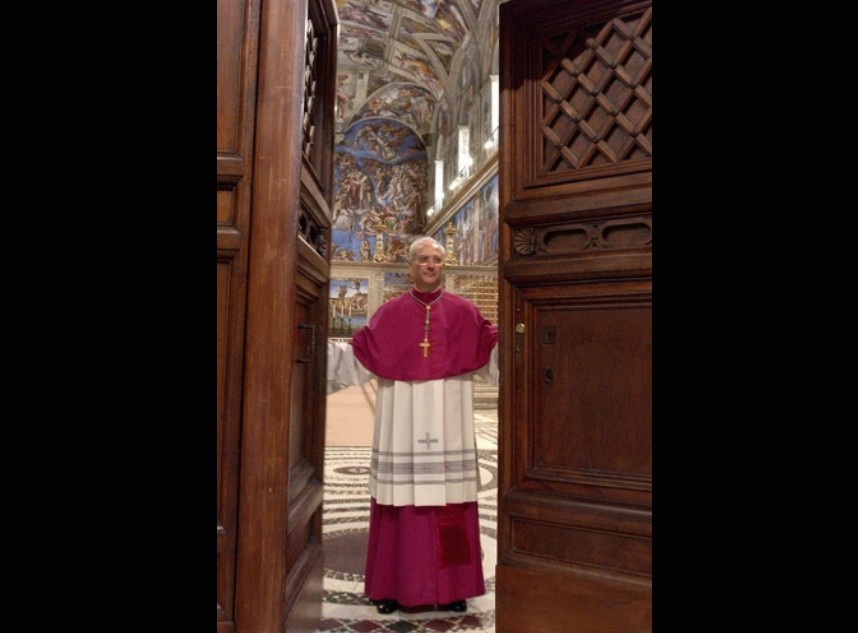Pope Francis passed away on Monday at the age of 88, prompting the Catholic Church to begin the sacred process of selecting his successor who will lead the nearly 1.4 billion Catholic faithful worldwide. This process, steeped in tradition and ritual, follows procedures established centuries ago.
The Sacred Conclave
The election of a new pope takes place through a papal conclave, which is governed by Pope John Paul II’s 1996 apostolic constitution Universi Dominici gregis, with amendments made by Pope Benedict XVI in 2007 and 2013. The term “conclave” itself comes from Latin for “locked room,” highlighting the secrecy and isolation that characterizes this process.
During the period known as “sede vacante” (empty chair), Cardinal Kevin Farrell, currently serving as the camerlengo (chamberlain), will oversee the ordinary affairs of the Catholic Church until a new pope is elected.
Who Votes and How
Only cardinals under the age of 80 are eligible to participate in the conclave. With 138 cardinal electors currently meeting this requirement, the 2025 papal conclave will be the most numerous in the Church’s history. After the 2024 consistory, 110 of these eligible cardinals were appointed by Pope Francis himself, giving his appointees significant influence in selecting his successor.
Though technically any baptized Catholic male can become pope, in practice, candidates come almost exclusively from the College of Cardinals. The voting process takes place in the Sistine Chapel, where cardinals cast secret ballots to elect the new pope, with a two-thirds supermajority required for election.
Secrecy and Procedure
The conclave begins with a solemn moment when the Master of Liturgical Ceremonies, Archbishop Marini, proclaims “Extra omnes” (Latin for “everyone out”) and closes the door of the Sistine Chapel, ensuring that only those participating in the conclave remain inside. This traditional action marks the official beginning of the papal election process and underscores its sacred and private nature.
Secrecy is rigorously maintained during the conclave. Cardinals and staff are forbidden to disclose any information about the election, and communication with the outside world is strictly prohibited. Before the 2013 conclave, the Sistine Chapel was even swept for hidden surveillance devices.
Each day begins with a single vote, with up to four rounds of voting allowed on subsequent days. The ballots are counted aloud by three cardinals and then burned in the chapel stove with chemicals that produce either black smoke (no decision) or white smoke (a pope has been elected).
The New Pope Emerges
When a cardinal receives the required two-thirds majority, the Dean of the College asks if he accepts. If so, the new pope chooses his papal name, and approximately 30-60 minutes later, he is announced from the balcony of St. Peter’s with the traditional declaration “Habemus Papam” (“We have a pope”).
Recent conclaves have been relatively brief—the 2013 conclave that elected Pope Francis took just about 24 hours, while the 2005 conclave selecting Benedict XVI lasted only two days. This is a stark contrast to historical conclaves, like the one in 1268-1271 that dragged on for nearly three years before electing Pope Gregory X.
While Vatican watchers often speculate about “papabile” (pope-able) candidates before a conclave, history shows that sometimes unexpected choices emerge. As the saying goes among Vatican experts: “He who enters the conclave as pope, leaves it as a cardinal.”
The world now watches as this ancient tradition unfolds once again in the heart of Vatican City, determining who will lead the Catholic Church into its next chapter.
Photo Source: AP Master of Liturgical Celebrations Archbishop Marini closes the door of the Sistine Chapel at the Vatican, after proclaiming the “extra omnes”, which is the Latin order for all those not taking part in the conclave to leave the chapel, at the beginning of the conclave, on April 18, 2005 (Osservatore Romano via AP)
Discover more from Northeast Ohio News
Subscribe to get the latest posts sent to your email.












